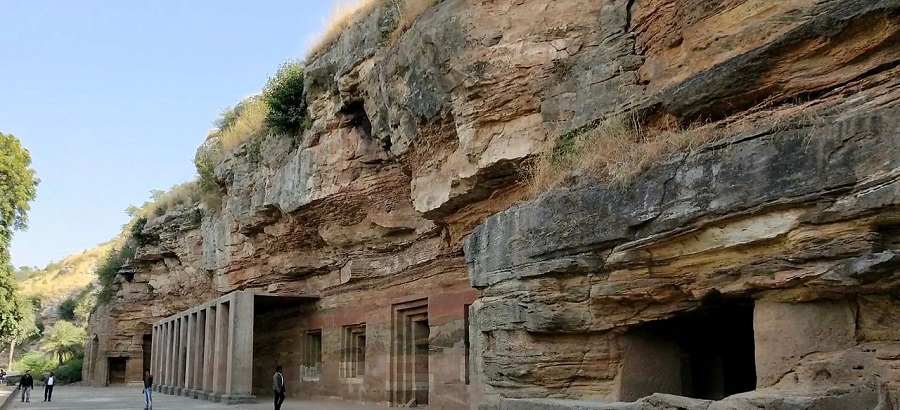Hoshangabad rests at the centre of the Central Indian state, Madhya Pradesh. Hoshangabad is a captivating tourist destination that seamlessly blends natural beauty with historical significance. Originally named Narmadapuram, the city acquired its current name when Hoshang Shah, a ruler of prominence, ascended to power. This renaming accompanied the construction of a formidable fort, marking a pivotal moment in the city's rich history. Situated along the scenic banks of the River Narmada and surrounded by the enchanting Satpura Hills, Hoshangabad boasts an elevation of 912 feet above sea level. The city unfolds a tapestry of attractions that entice tourists, including the renowned Satpura National Park, the historic Hoshangh Shah Fort, the prehistoric Bhimbetka Rock Shelters, the serene hill station of Pachmarhi, and the refreshing landscapes of Adamgarh Hills.
Top sights to marvel upon at Hoshangabad
Satpura National Park
Sprawled across 524 sq. km, Satpura National Park emerged under the guidance of the esteemed bird watcher Dr. Salim Ali in 1981. This wildlife habitat evolved into the Bori-Satpura Tiger Reserve by 1999, joining forces with the Bori Sanctuary and Pachmarhi Wildlife Sanctuary. The park's archaeological allure lies in its numerous rock shelters adorned with ancient paintings, offering a fascinating journey through time. The Best Time to Visit Satpura is from October to May, as the weather remains favourable for jungle safari and wildlife spotting.
Pachmarhi
Often referred to as the 'Queen of Satpura,' Pachmarhi is the sole hill station in Madhya Pradesh, nestled in the valley of the Satpura Range. It is steeped in legend, with the name Pachmarhi derived from Panch (five) and Marhi (caves), alluding to the famed Pandava caves. This scenic locale also houses Dhoopgarh, the highest point in Madhya Pradesh, providing an enchanting vantage point for sunset enthusiasts.
Bhimbetka Rock Shelters
A UNESCO World Heritage Site, the Bhimbetka Rock Shelters showcases approximately 243 rock shelters adorned with paintings dating back around 30,000 years. The site's significance lies not only in its ancient rock art but also in its rich flora and fauna, offering a unique connection to our earliest ancestors.
Sethani Ghat
An ancient 19th-century ghat on the Narmada River, Sethani Ghat stands as a testament to devotion and generosity. Named after Jankibai Sethani, who contributed significantly to its construction, the ghat is a hub of religious activity with nearby temples and shrines attracting devotees. Satsang Bhavan on the ghat regularly hosts discourses on spiritual texts, adding to the ghat's cultural importance.
Adamgarh Hills
Adamgarh Hills with their historical and archaeological significance showcase ancient rock paintings that transport visitors to a bygone era. Surrounded by lush greenery, these hills provide a picturesque backdrop for those interested in both natural beauty and cultural exploration. The paintings offer glimpses into daily life and intricate designs, making Adamgarh Hills a sought-after destination for history enthusiasts and nature lovers alike.
Hoshangh Shah Fort
It is a marvel of Islamic architecture and stands proudly along the Narmada River. Built by the Malwa ruler Hoshangh Shah, the fort features a white stone structure with a striking main sarcophagus. The entrance, adorned with well-proportioned arched openings, leads to a tomb with a mihrab molded on the top, showcasing the artistic prowess of the era.
Beyond its historical and natural treasures, Hoshangabad is also celebrated for its vibrant trade in exquisite handicrafts, silk, leather, and pulses, making it a haven for avid shoppers. In essence, Hoshangabad is not merely a destination; it's a journey through time, culture, and the splendors of Central India.




